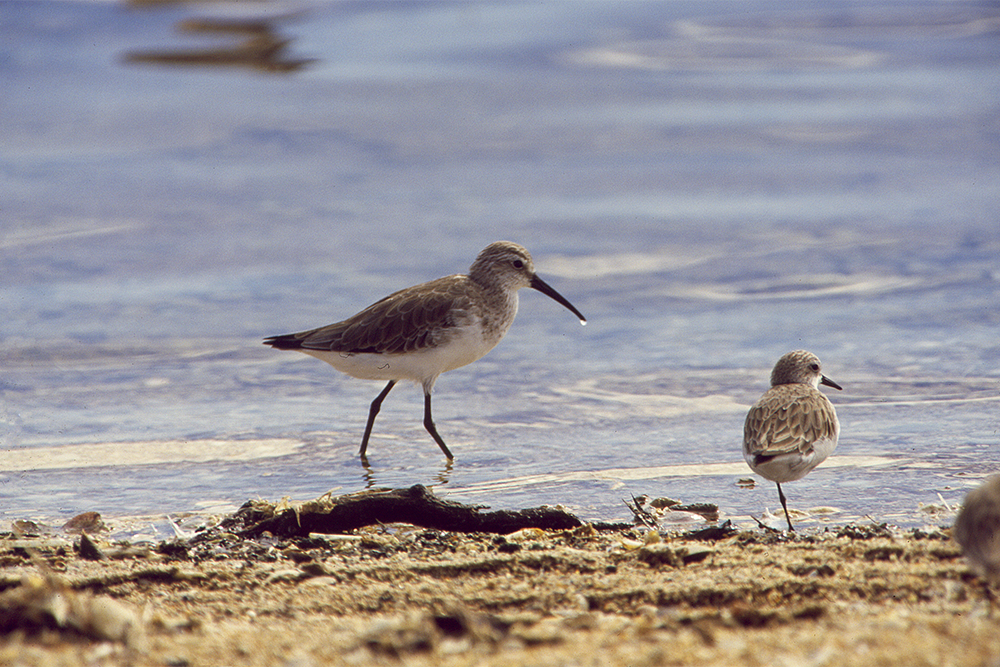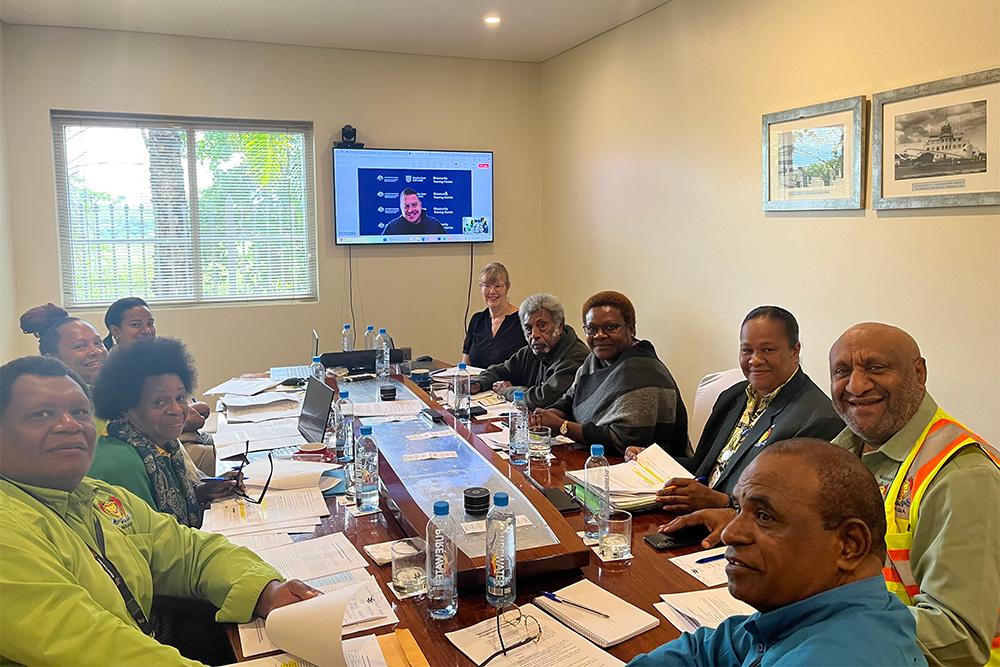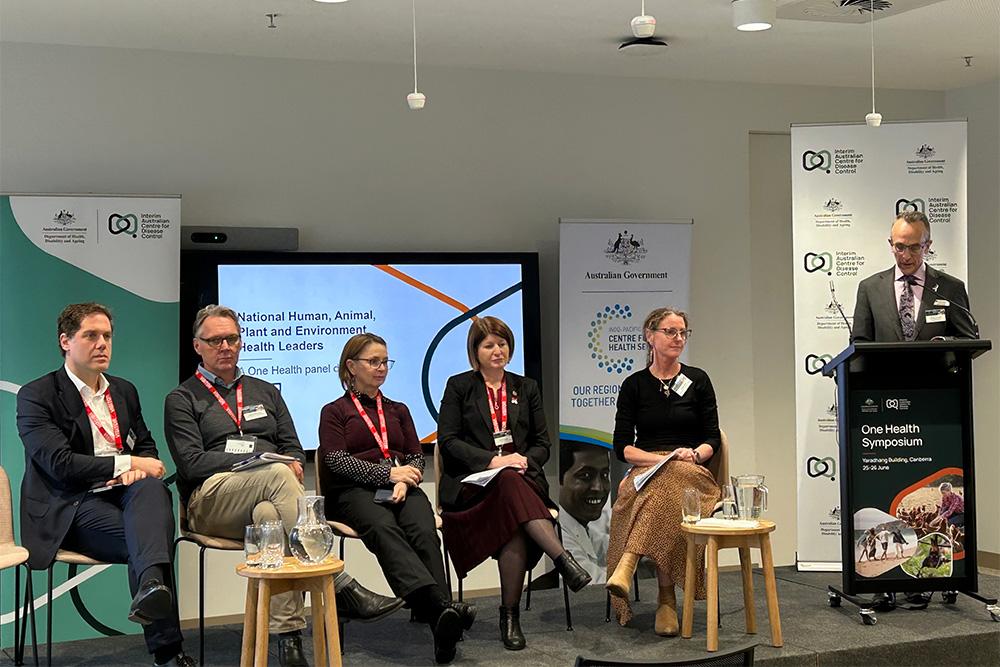Australia remains the only continent free from high pathogenicity avian influenza H5N1 clade 2.3.4.4b (H5N1 HPAI), with unprecedented global spread of this virus and impacts on the poultry industries and wildlife populations abroad in recent years.
Australia has a long history of having an enviable animal health status, supported by our robust approach to biosecurity. While there is no way to prevent new strains of this virus entering Australia with migratory wild birds or transmission between wild birds, the strong partnerships and collaboration that underpin our biosecurity system have never been so important.
Governments, industry and other key groups continue to work together to support Australia’s preparedness for H5N1 HPAI. This includes state and territory departments, Animal Health Australia, Wildlife Health Australia and the poultry industries, as well as cross-sectoral collaboration. In the Australian Government coordination is occurring across the Department of Agriculture, Fisheries and Forestry, the Department of Health and Aged Care, and the Department of Climate Change, Energy, the Environment and Water and National Emergency Management Agency in recognition of the complexity involved in responding effectively to an emergency animal disease that has agricultural, environment and public health implications.
In recognition of the threat posed by H5N1 HPAI, the Australian Government is investing more than $100 million to strengthen surveillance, preparedness and response capability. On 14 October 2024, $95 million was announced, which is in addition to the $6.9 million announced in July 2024, to strengthen surveillance, preparedness and response capability in alignment with a ‘One Health’ approach that recognises the connection between animal, human and environmental health.
Of the $95 million, the Australian Government is committing:
- $37 million over 2 years to protect Australian agriculture by enhancing national coordination of response arrangement and communications, strengthening surveillance and boosting biosecurity capacity and capability across the production sector and environmental biosecurity.
- $35.9 million over 2 years to boost and accelerate H5N1 HPAI preparedness planning and protective action by using the best data available to target actions for our most at-risk species and important natural places.
- $22.1 million over 2 years to manufacture and store pandemic influenza vaccines that will better prepare Australia to respond quickly to a potential influenza pandemic.
The significant funding commitment for H5N1 HPAI preparedness builds on the suite of preparedness activities already underway. This includes extensive work the Animal Health Committee and poultry industries have been undertaking to manage the biosecurity risks and bolster Australia’s preparedness against H5N1 HPAI, as well as Wildlife Health Australia’s work to improve early detection and reporting capacity.
Activities funded by the Australian Government will be coordinated and led by the Australian Government HPAI Preparedness Taskforce. Key priorities of the Taskforce include:
- negotiating a national agreement to manage governance and cost-sharing for wildlife responses under a ‘One Health’ approach, recognising the cross-sectoral nature of this disease threat
- developing a national response framework that incorporates a comprehensive response plan and principles for managing mass mortality events in wildlife
- working to advance coordinated and integrated communications to support preparedness and response efforts nationwide.
Biosecurity is a shared responsibility, and the Australian Government continues to collaborate with key stakeholders to enhance preparedness and strengthen response capability for H5N1 HPAI.
If you see sick or dead birds, do not touch them. Instead, take photos or a video, record your location and call the Emergency Animal Disease Hotline on 1800 675 888.
For more information about HPAI and Australian Government preparedness activities, visit birdflu.gov.au

Copyright shared Department of the Environment and creator photographer Brian Furphy for unlimited time with conditions



